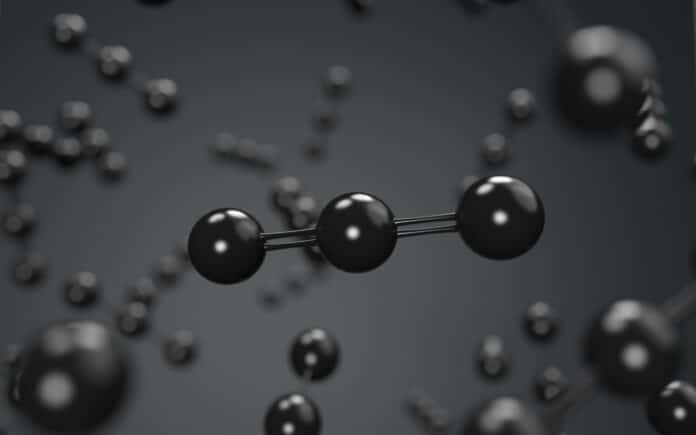Fundamental physics states that like charges repel and opposite charges attract. It is contradicted by a recent study that suggests charged particles can attract one another across large distances in a solution.
But here’s the catch: depending on the solvent, this impact changes with positively and negatively charged particles.
Scientists claim that the findings have immediate implications for several processes involving interactions between molecules and between particles at different length scales.
Scientists discovered that negatively charged particles attract one another over long distances, whereas positively charged particles repel one another. For solvents like alcohol, the opposite is true.
The results are unexpected because they defy the fundamental electromagnetic principle, which states that at all separations, the force between charges of the same sign is repulsive.
In this investigation, negatively charged silica microparticles floating in water were tracked using bright-field microscopy. They found that the particles were drawn to one another and formed clusters that were grouped hexagonally.
However, in water, positively charged aminated silica particles did not cluster.
The scientists found that for negatively charged particles in water, an attractive force surpasses electrostatic repulsion at large separations, resulting in cluster formation. This was demonstrated using a theory of interparticle interactions that considers the solvent structure at the interface. This solvent-driven contact is always repulsive for positively charged particles in water, and no clusters form.
It was discovered that this effect was pH-dependent, meaning that by changing the pH, scientists could regulate whether or not negatively charged particle clusters formed. Positively charged particles did not form clusters at any pH.
The group naturally questioned if it would be possible to reverse the effect on charged particles so that negatively charged particles do not form clusters while positively charged particles do. This is exactly what they saw when they changed the solvent to an alcohol, such as ethanol, which behaves differently at the interface than water. Positively charged aminated silica particles formed hexagonal clusters, while negatively charged silica did not.
According to the scientists, the study suggests a fundamental recalibration in understanding that will impact how we conceptualize processes as diverse as the pathological malfunction linked to molecular aggregation in human disease or the stability of pharmaceutical and fine chemical products. The new results also show that aspects of the solvent-induced interfacial electrical potential, like its sign and magnitude, which were previously believed to be quantifiable, may be probed.
Journal Reference:
- Wang, S., Walker-Gibbons, R., Watkins, B. et al. A charge-dependent long-ranged force drives tailored assembly of matter in solution. Nat. Nanotechnol. (2024). DOI: 10.1038/s41565-024-01621-5
